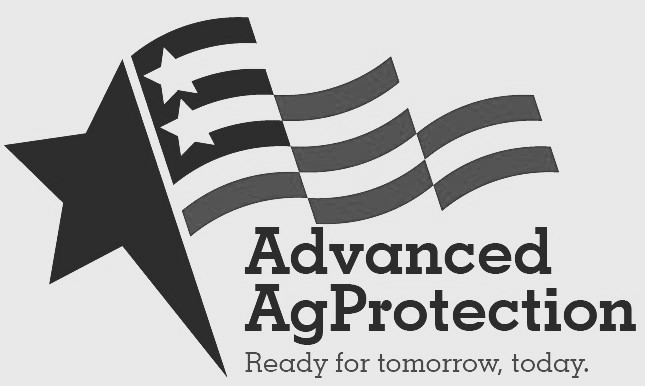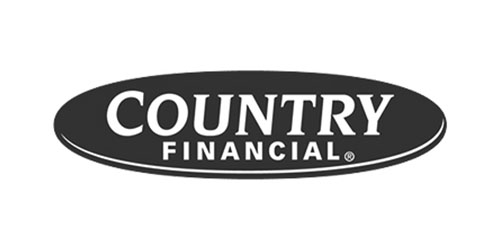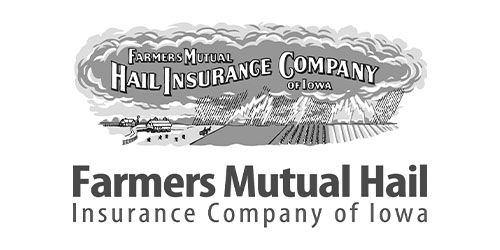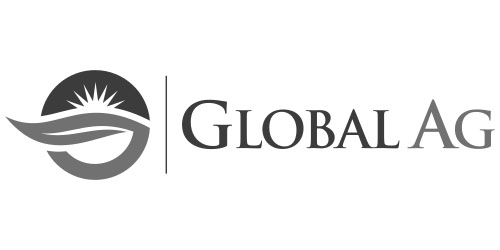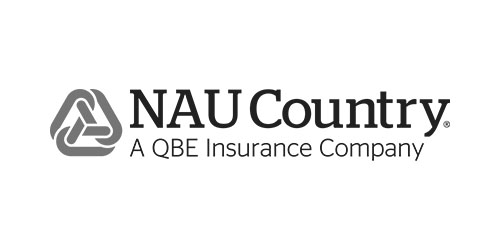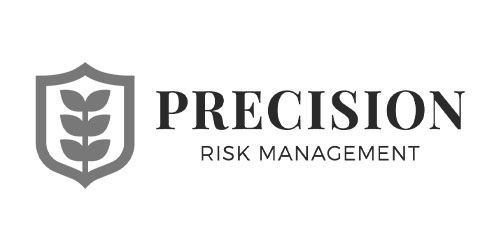Who Shoulders Risk In Crop Insurance?
Lorem Ipsum
Before crop insurance assumed its central role in the U.S. farm safety net, the cost of natural disasters that harm America’s farmers historically fell directly on the laps of taxpayers.
The 2014 Farm Bill and 2018 Farm Bill reinforced and broadened crop insurance as a cornerstone of farm policy. Today, farmers pay for part of their own safety net, and the risk of crop loss is distributed and shared among the three key parties.
- Farmers must first purchase crop insurance before being protected and must shoulder a portion of the losses through deductibles before receiving an indemnity for the verifiable loss. On average, farmers in the United States must lose approximately 25 percent of the value of their crop before a crop insurance policy begins to pay – losses that taxpayers previously may have been asked to cover in ad hoc disaster bills.
- Crop insurance companies pay indemnities from their own coffers on most claims, thus minimizing cost to taxpayers. And when indemnities paid are greater than premiums received, companies experience an underwriting loss and lose money. Since the inception of the public-private partnership, insurance companies have experienced net underwriting losses in 1983, 1984, 1988, 1993, 2002, 2012, and 2019.
- The Federal government provides reinsurance, that is insurance for the insurance companies. As such, the government shares in an agreed-upon portion of the companies’ underwriting losses, and in return, takes a share of the companies’ underwriting gains. In short, as a reinsurer the government helps shoulder excessive losses, especially in a significant loss year like 2012, but also shares in underwriting gains in years when losses are less than premiums.
* Updated January 2023

